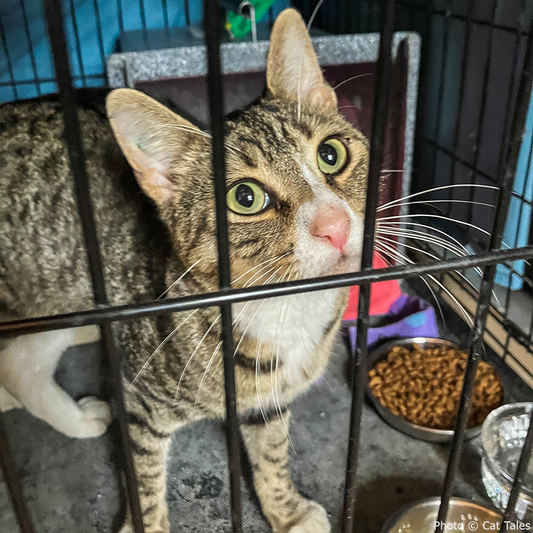Stray Animals Overwhelm Puerto Rico Years After Hurricane Aftermath
Matthew Russell
Photo: Pexels
The streets of Puerto Rico are home to an overwhelming number of stray animals. Dogs and cats wander through urban areas, rural towns, and even abandoned naval bases. This problem, which has long plagued the island, has been exacerbated by natural disasters and economic hardships.
The plight of these animals is severe, but efforts are underway to address the crisis.

A Growing Crisis
Before Hurricane Maria hit in 2017, Puerto Rico already struggled with a significant stray animal population. However, the devastation caused by the hurricane intensified the issue. Approximately 300,000 people fled the island, leaving behind their pets. As a result, the Humane Society of Puerto Rico (HSPR) estimates that there are now over 500,000 stray dogs and more than 1 million stray cats on the island, according to WUSF.
The hurricane left many pets abandoned, adding to the existing population of strays. Economic challenges also play a role, as many pet owners can no longer afford to care for their animals. Every day, people bring their pets to shelters, but most are turned away because these facilities are at capacity, WUSF reports.

Efforts to Control the Population
Animal welfare organizations and independent rescuers have been tirelessly working to control the stray population. One notable effort is the Spayathon for Puerto Rico, an initiative by the Humane Society of the United States (HSUS) that offers free spaying, neutering, and vaccinations for animals in low-income communities, as reported by MultiBriefs.
Since its inception, the Spayathon has performed over 50,000 surgeries, significantly impacting the stray population. However, the COVID-19 pandemic has posed new challenges. Travel restrictions and lockdown measures have halted many operations, leaving organizations like the Sato Project and Save a Gato struggling to manage increased costs and a growing number of animals in need, according to Latin American Science.

Community Involvement
Local communities have played a crucial role in addressing the stray animal crisis. Residents like Ana Victoria Pardo feed stray dogs daily, relying on donations to support their efforts, reports WUSF. The government, though slow to act, has taken some steps to address the problem.
In October 2017, Governor Ricardo Rosselló signed an executive order allowing HSUS to take control of animal welfare on the island. Despite these efforts, enforcement of animal welfare laws remains inconsistent. The Animal Protection and Welfare Act, passed in 2008, banned cruelty to animals and animal abandonment, but enforcement is often lax.
Many believe that peer pressure and community awareness are more effective in changing behavior than legal repercussions.

The Role of Shelters
Shelters like Amigos de los Animales and HSPR are at the forefront of the battle against the stray animal crisis. These organizations provide sanctuary for abandoned animals, offer training for animal control officers, and educate the public on responsible pet ownership, reports the Penn State Bellisario College of Communications.
Adrienne Galler Lastra, director of Amigos de los Animales, has transformed her home into a shelter, housing dozens of dogs. Her commitment reflects the dedication of many individuals working to improve the lives of stray animals on the island.

Challenges and Future Steps
The challenges facing animal welfare in Puerto Rico are significant. The economic situation, natural disasters, and the recent pandemic have all contributed to the crisis. However, as reported by Latin American Science, there are reasons for hope.
Initiatives like the Spayathon, community involvement, and the dedication of local shelters are making a difference. Christina Beckles of the Sato Project has been rescuing dogs from Dead Dog Beach in Yabucoa for nearly a decade. Her organization has helped transform the area from a landscape of suffering to one of hope.
Beckles believes that while rescuing animals is essential, long-term solutions require education and prevention. The stray animal crisis in Puerto Rico is complex and multifaceted. It requires a coordinated effort from the government, animal welfare organizations, and the community.
With continued dedication and support, there is hope that the plight of Puerto Rico's stray animals will improve. While challenges remain, the work of organizations, volunteers, and local communities offers a path forward. By addressing the root causes and supporting animal welfare initiatives, there is hope for a better future for the island's animals.
Click below and take action for the animals of Puerto Rico!
Matthew Russell is a West Michigan native and with a background in journalism, data analysis, cartography and design thinking. He likes to learn new things and solve old problems whenever possible, and enjoys bicycling, spending time with his daughters, and coffee.




















